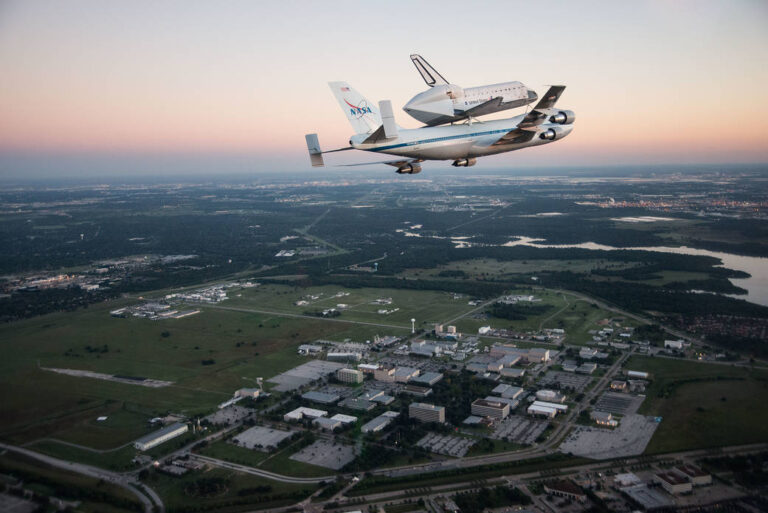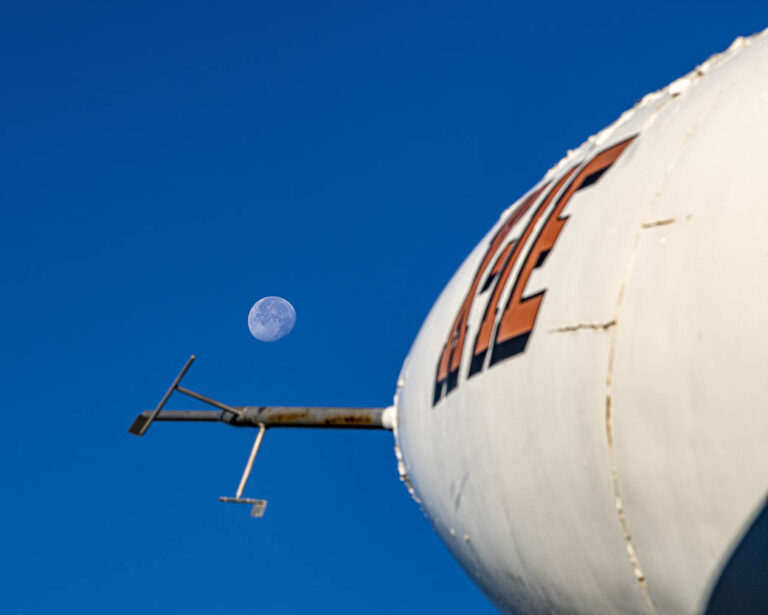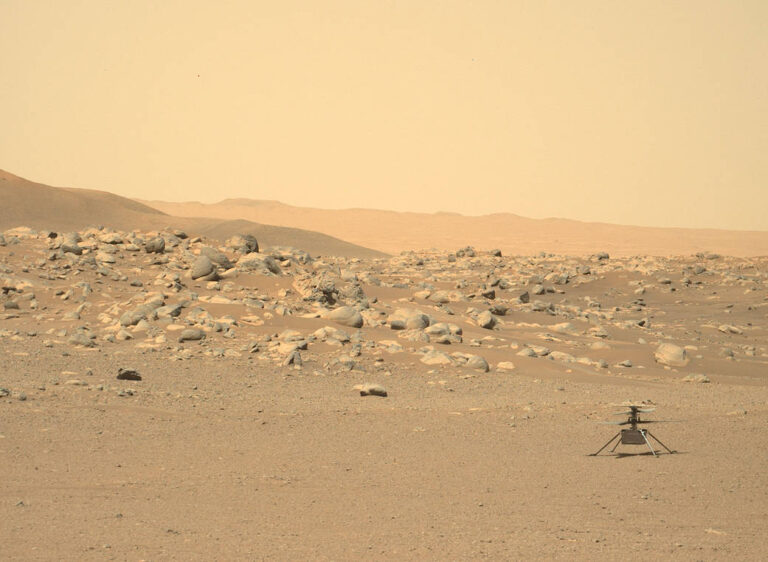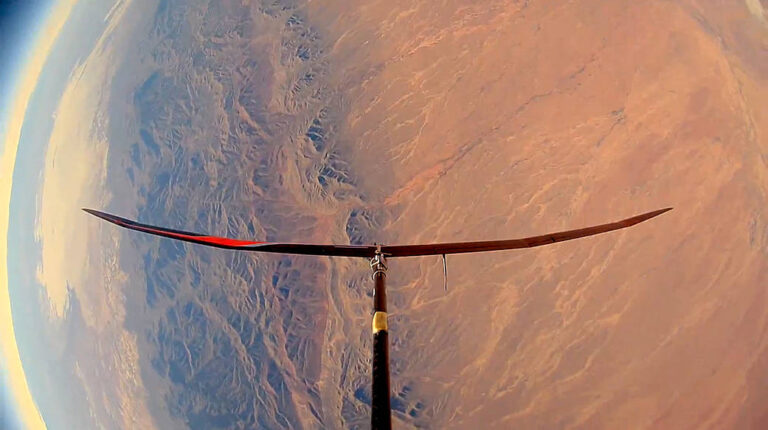奋进号搭便车
Our Shuttle Carrier Aircraft ferries the Space Shuttle Endeavour over the Johnson Space Center in Houston in this Sept. 20, 2012, image. Endeavour’s end destination was the California Science Center, where it sits on display. The shuttle Endeavour brought the first parts of the International Space Station to space and completed 25 missions. On its final flight to the California Science Center 10 years ago, Endeavour was escorted by a combination of F/A-18s and an F-15 from NASA’s Armstrong Flight Research Center in Edwards, California. Those aircraft were flown by NASA Armstrong pilots, while center photographers and videographers documented the orbiter’s final journey. Image credit: NASA/Robert Markowitz 图为2012年9月20日,我们的航天飞机运载飞机在休斯顿约翰逊航天中心上空运送奋进号航天飞机。奋进号的最终目的地是加利福尼亚科学中心,在那里展出。奋进号航天飞机将国际空间站的第一部分送入太空,并完成了25次任务。 在10年前最后一次飞往加利福尼亚科学中心的飞行中,奋进号由来自加利福尼亚州爱德华兹的nasa阿姆斯特朗飞行研究中心的F/A-18和F-15护航。这些飞机由nasa阿姆斯特朗飞行员驾驶,而中心摄影师和摄像师记录了轨道飞行器的最后旅程。 图片来源:NASA/Robert Markowitz










